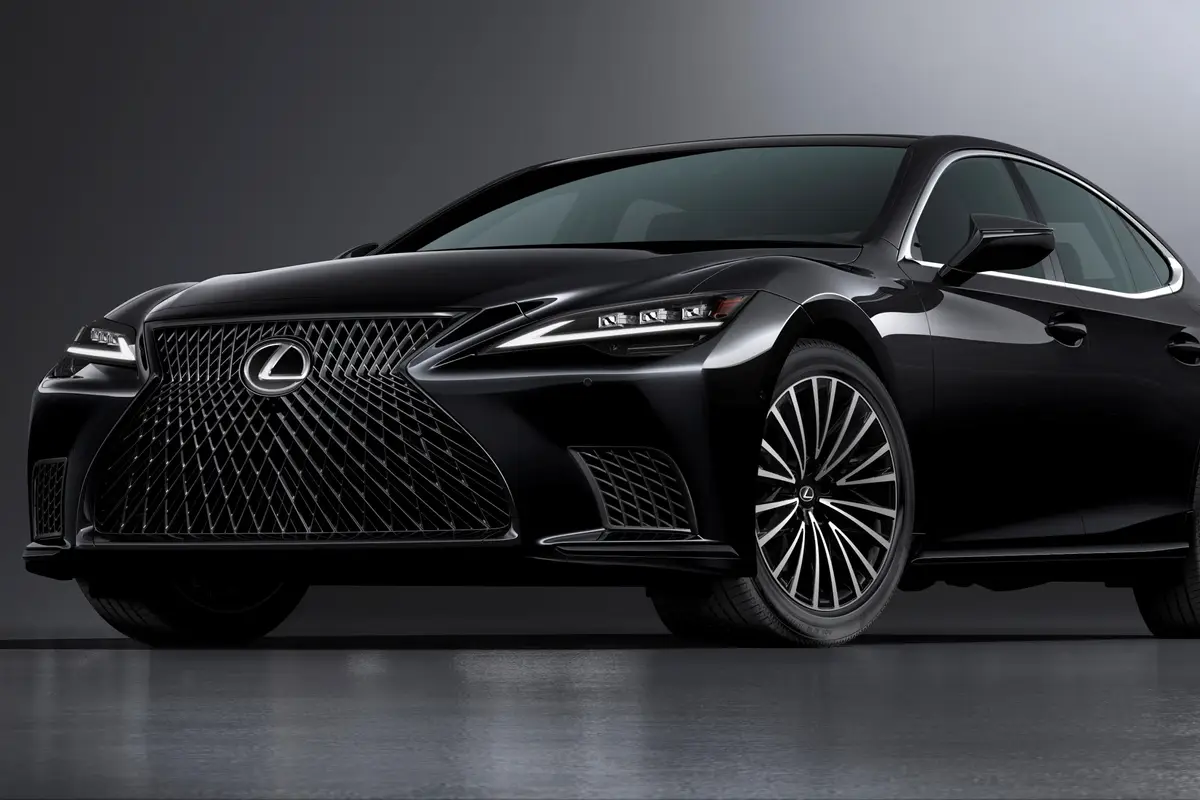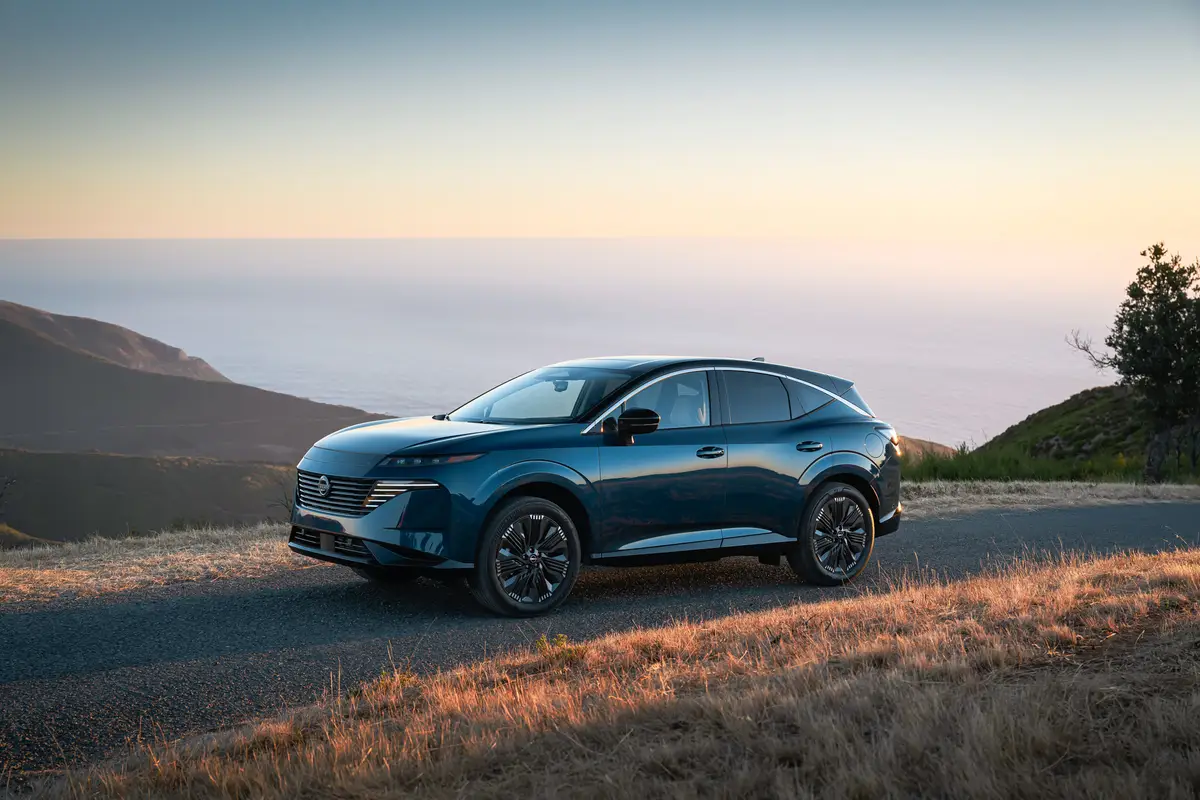AZCentral.com's view
Here’s a throwaway line from a recent Hollywood movie. Asked to describe her boyfriend, a young woman with big hair says in a broad Brooklyn accent:
“He buys a new Monte Carlo every year because his name is Monty.”
That was the old image of the Chevrolet Monte Carlo, the premier “personal luxury car” of the ’70s. A wire-wheel-hubcap, padded roof disco-mobile, it said much about Detroit’s arrogance, before the bottom dropped out.
Today’s Monte Carlos have a whole different style, heavily enhanced by the marque’s booming success in NASCAR racing. Of course, the racing Montes have about zilch in common with the front-wheel-drive, V-6-powered civilian versions, despite the misleading name: stock-car racing. A midsize coupe, the Monte Carlo is actually a two-door knock-off of Chevrolet’s very mainstream Lumina sedan. Other than the roofline, the family resemblence is obvious. Maybe too much so.
That low, sweeping roof does a lot for the looks of the Lumina derivative. Where the Lumina appears plain and simple, the Monte Carlo looks more agressive and streamlined.
We drove a performance-oriented Z-34 Monte Carlo, powered for “98 by General Motors’ familiar 3.8-li er pushrod V-6. In this application, the sturdy engine has been tweaked to put out 200 horsepower, readily available even at low engine speeds. Acceleration is strong, if not dazzling, and fast cruising speeds are comfortable and effortless.
The four-speed electronic transmission is especially good, with predictable shifts that consistently hit the right gear at the right time. The engine and tranny are well-mated, making it easy to drive briskly or lug around in traffic.
The strong four-wheel-disc brakes with standard ABS are confidence-inspiring, once again (I might sound like a broken record here) showing how much better this race-bred system is at stopping an automobile than the more-common front disc/rear drum system. Drum brakes are archaic and should be history.
The suspension, which is “sport-tuned” for the Z-34, is firm but not really well-controlled. It’s too bouncy over irregular surfaces, and lunges through corners. Better shock absorbers would make a big difference.
Still, the suspension feels much improved over past Montes, and the whole car generally feels screwed together better than in the past, solid and rattle free.
The interior of the coupe is fairly roomy, though not huge. The doors are wide enough that, although allowing access to the back seat, require a contortionist’s skill to get in or out while parked in a tight space.
The trunk is roomy, and the rear seat folds down to make it more so.
The dashboard was lifted straight from the Lumina, and could definitely use some updating. Leather seating, moonroof and a dynamite stereo were appreciated options in our decked-out test car.
Tall drivers will find the low roofline outside equates to a low ceiling inside (brilliant deduction, right?). Fortunately, the driver’s se at adjusted electrically for height as well as reclining.
My 6-foot-6-inch self had to get into the Laz-E-Boy driving position to avoid head-ceiling contact and the dreaded noogy effect.
While the Monte Carlo is a decent driver, stylish and comfortable, I couldn’t help feeling that it could have been so much more attractive with just an extra dose of body styling. Its prime competitor is the Chrysler Sebring, a spectacular-looking coupe that makes Monte seem dowdy in comparison.
Chrysler showed the world how much can be gained with adventurous styling, and it would be great if Chevrolet would get the message. After all, the idea of a sporty coupe is style and image, at the price of four-door practicality.
Still, the Monte Carlo’s improvements in engine, transmission and brakes add up to a better-performing craft that proves more sophisticated than its price tag would suggest.
1998 Chevrolet Monte Carlo
Vehicle type: Five-passenger, t wo-door cou pe, front-wheel-drive. Base price: $20,295. Price as tested: $23,103. Engine: 3.8-liter inline V-6, 200 horsepower at 5,200 rpm, 225 pounds-feet of torque at 4,000 rpm. Transmission: Four-speed automatic. Curb weight: 3,452 pounds. Length: 200.7 inches. Wheelbase: 107.5 inches. Safety features: Dual air bags, anti-lock brakes. EPA fuel economy: 19 mpg city, 23 mpg highway. Highs: High level of trim, features. Moderate price. Powerful engine. Lows: Vague suspension. Derivative styling. Bland dashboard.
Latest news



